The US nuclear attack submarine fleet has been supplemented with the Razorback, an unmanned underwater vehicle (UUV) capable of launching and recovering torpedoes via its own sonar system, which can silently detect and search for enemy ships and submarines.
According to the US Naval Institute News (USNI), equipping UUVs for submarines is very necessary, but it is not easy to solve the technical problems in deploying them. Among them, the process of recovering UUVs to the mother ship is the most complicated. Previously, this work still had to use divers and dry docks (DDS) - a hump-shaped module that allows underwater access to submarines. However, only a few submarines in the fleet can carry DDS, limiting the deployment capability of the Razorback.
Changing Undersea Warfare
Today, this problem has been solved by allowing the Razorback to return to the interior the same way it was launched, through its torpedo tube. This can even be done while the submarine is moving.
Built by Huntington Ingalls Industries (HII), a company that specializes in submarines, aircraft carriers, and amphibious warships, the Razorback is a medium unmanned undersea vehicle (MUUV), modeled after the HII REMUS 600, a UUV capable of diving to depths of 600 meters and operating autonomously for up to 24 hours.

As of 2022, the US Navy has a fleet of 71 submarines of various types, including 53 Los Angeles, Seawolf and Virginia-class attack submarines, 14 Ohio-class nuclear-armed ballistic missile submarines and four converted Ohio-class guided missile submarines. All submarines are equipped with standard 533 mm (21 in) diameter torpedo tubes, the size suitable for the new Razorback drone.
Different types of submarines will use Razorbacks differently. For example, attack submarines can hide and quietly launch Razorbacks, relying on them to find targets like “a hunter unleashing a dog to find prey”. In the event that the UUV is detected, the enemy is not sure of the mothership’s location, so the surprise of the attack will be maintained.
On the other hand, the larger Ohio-class submarines would likely use UUVs for defense, forming an outward-facing underwater sensor barrier to warn the crew of approaching danger.
AI combines 3D printing technology to create a “revolution”
“Large autonomous underwater vehicles (AUVs) are going to change everything,” said Sam Russo, COO of Dive Technologies. “They have huge payload and power capacities that allow vehicles to operate autonomously in the ocean for days at a time.”
With the explosion of AI technology, these vehicles can now move freely and carry out pre-programmed missions for a relatively long time, measured in weeks. For example, the US Navy's Orca XLUUV model can operate independently for up to 3 months.
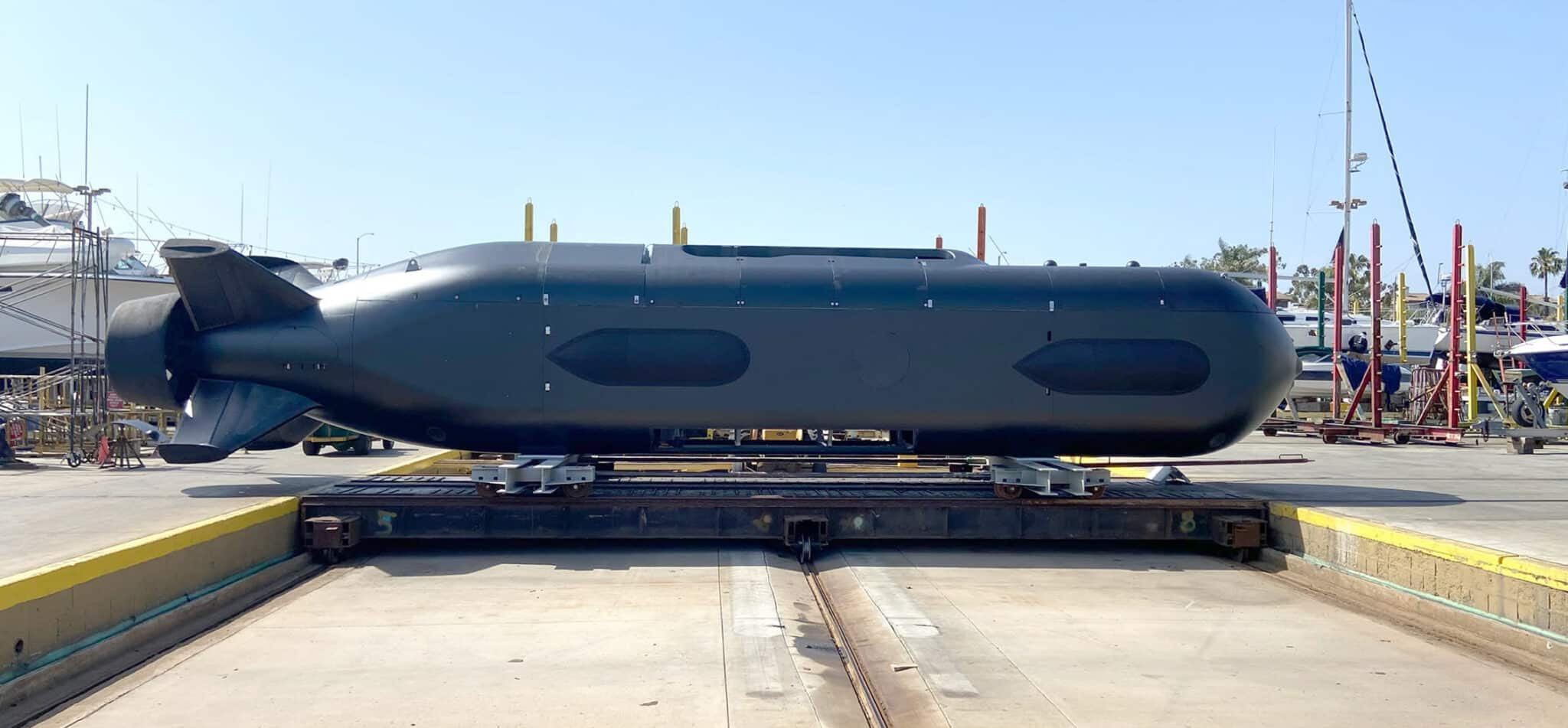
The biggest difference is that AUVs are capable of being launched from a harbor and finding the most suitable course for the mission on their own, rather than requiring a surface ship and a pilot to get the robot to the right area to deploy.
The game of building these autonomous super-large submarines is in the hands of large corporations like Boeing and Lockheed Martin, based on a long history of supplying manned submarines to the US Navy.
But 3D printing is opening up opportunities for smaller companies. Dive Technologies says it can create autonomous underwater vehicles faster and cheaper. It typically takes months or even years to get a design “underwater,” but with its new printing technology, parts can be made in 36 hours.
“We went from a warehouse of parts to a fully integrated AUV in three days, complete with a low-drag 3D printed skin,” said Tim Raymond, director of R&D at Dive Technologies.
With the flexibility and speed of 3D printing kits, Dive Technologies could theoretically build any submarine, for any purpose, and at any size. All it would take is a few design tweaks, a day and a half 3D print, and the use of an “AUV kit” (a toolkit that assembles all the necessary parts from different suppliers into a finished product, similar to LEGO or IKEA furniture) to make any submarine a reality.
For more than a century, the underwater world has been dominated by crewed submarines. But a vision of autonomous submarines filled with robots performing tasks on their own is coming to the fore.
(According to PopMech, NavalTech)
Source


![[Photo] General Secretary To Lam arrives in Minsk, begins state visit to Belarus](https://vphoto.vietnam.vn/thumb/1200x675/vietnam/resource/IMAGE/2025/5/11/76602f587468437f8b5b7104495f444d)

![[Photo] General Secretary To Lam meets and expresses gratitude to Vietnam's Belarusian friends](https://vphoto.vietnam.vn/thumb/1200x675/vietnam/resource/IMAGE/2025/5/11/c515ee2054c54a87aa8a7cb520f2fa6e)





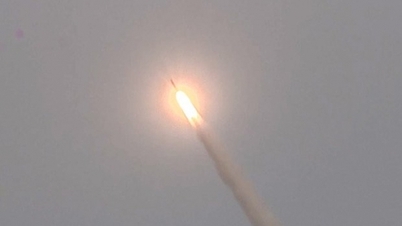

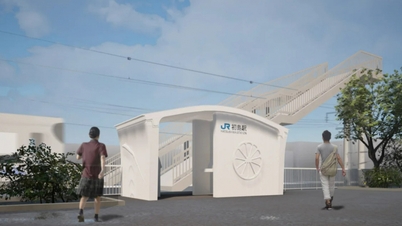

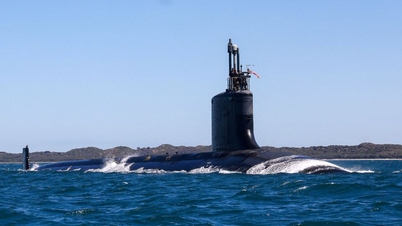

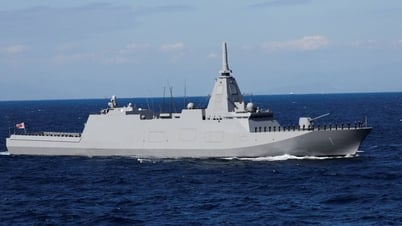


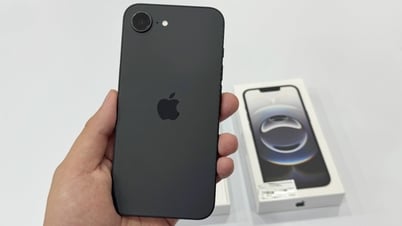

















![[Photo] General Secretary To Lam concludes visit to Russia, departs for Belarus](https://vphoto.vietnam.vn/thumb/1200x675/vietnam/resource/IMAGE/2025/5/11/0acf1081a95e4b1d9886c67fdafd95ed)
































































Comment (0)